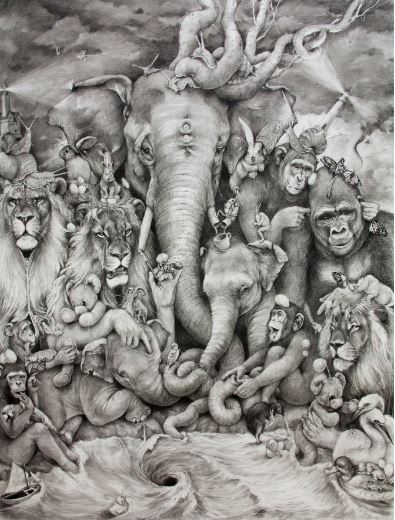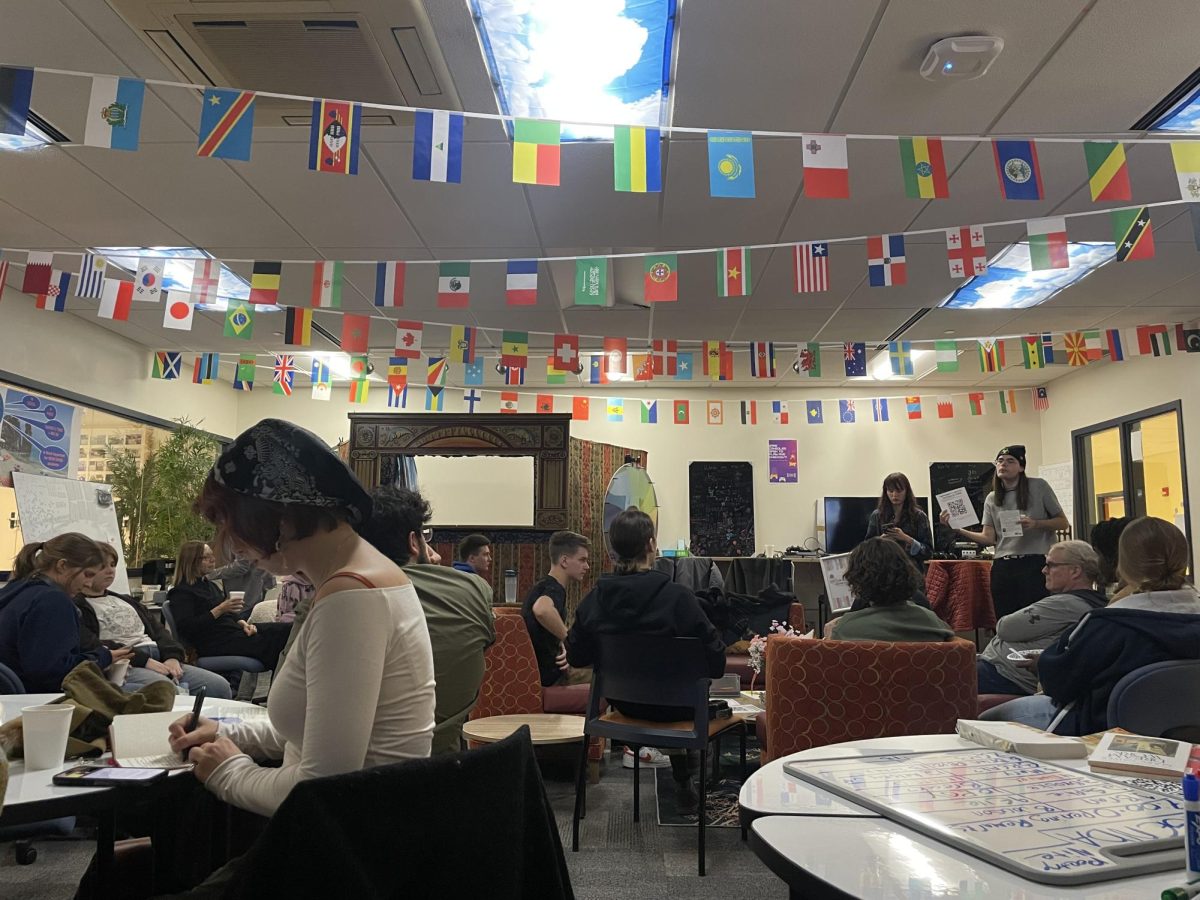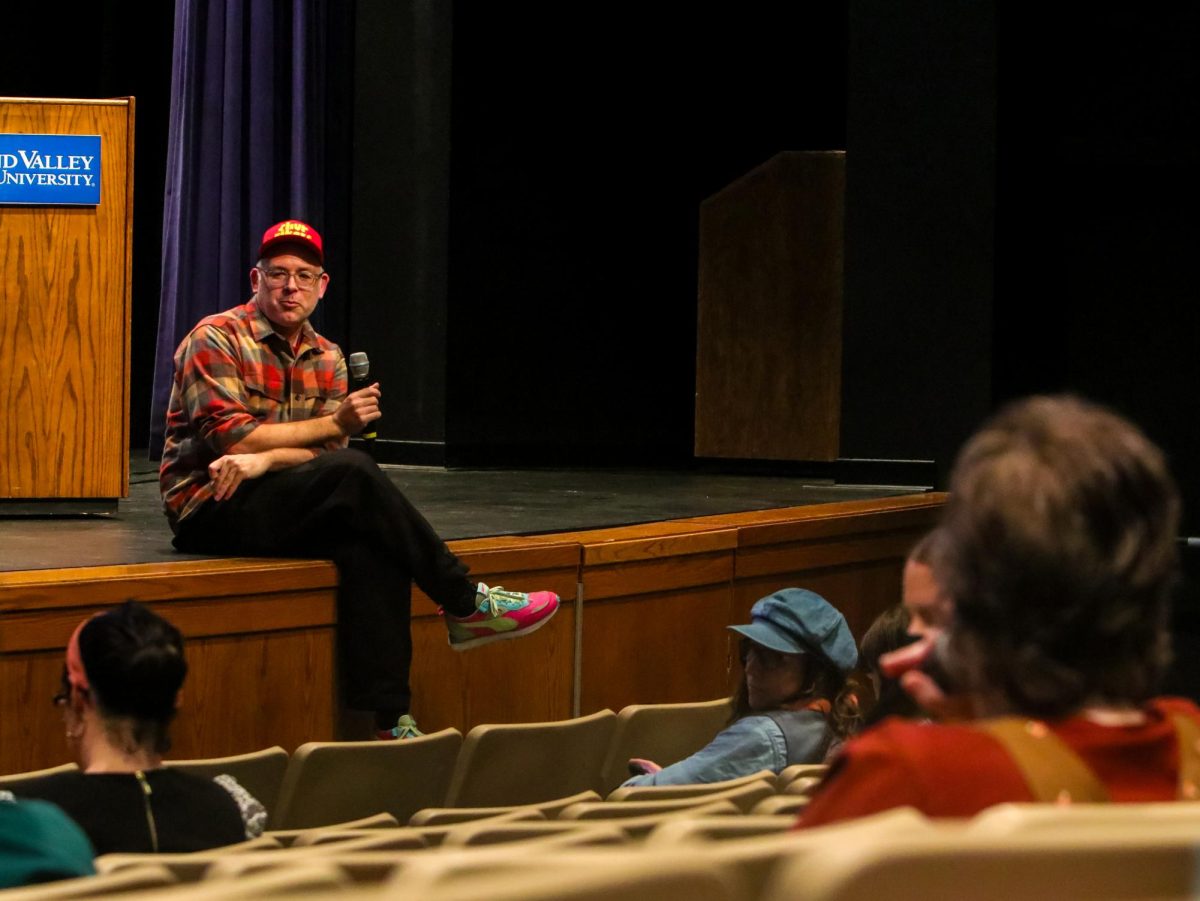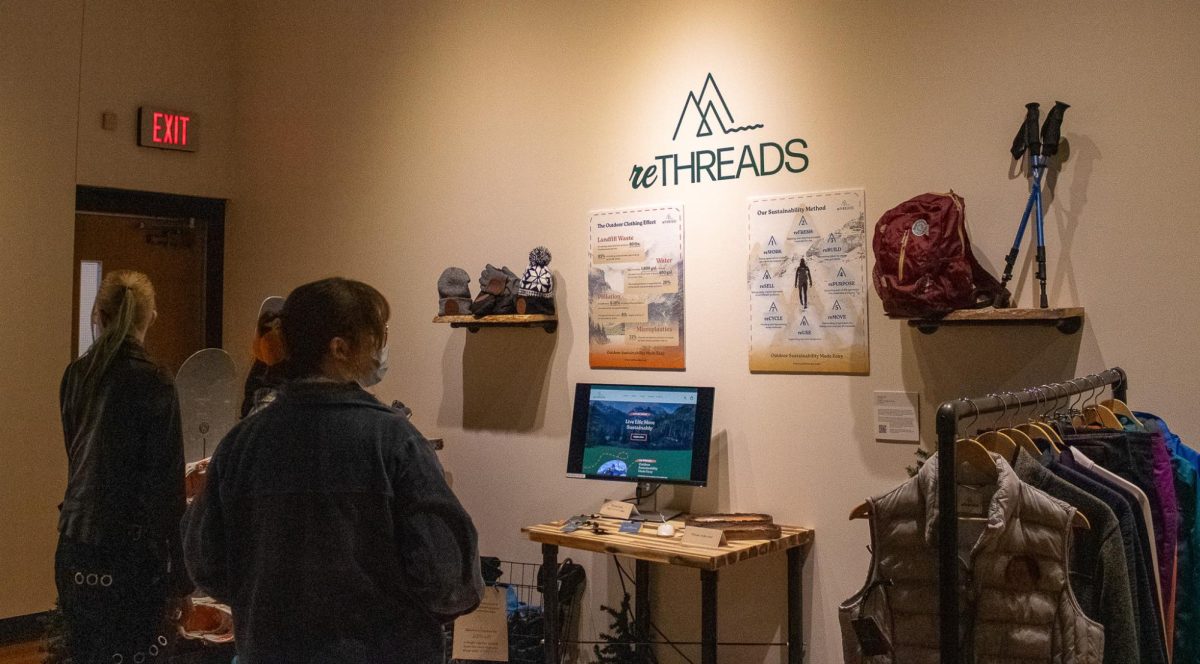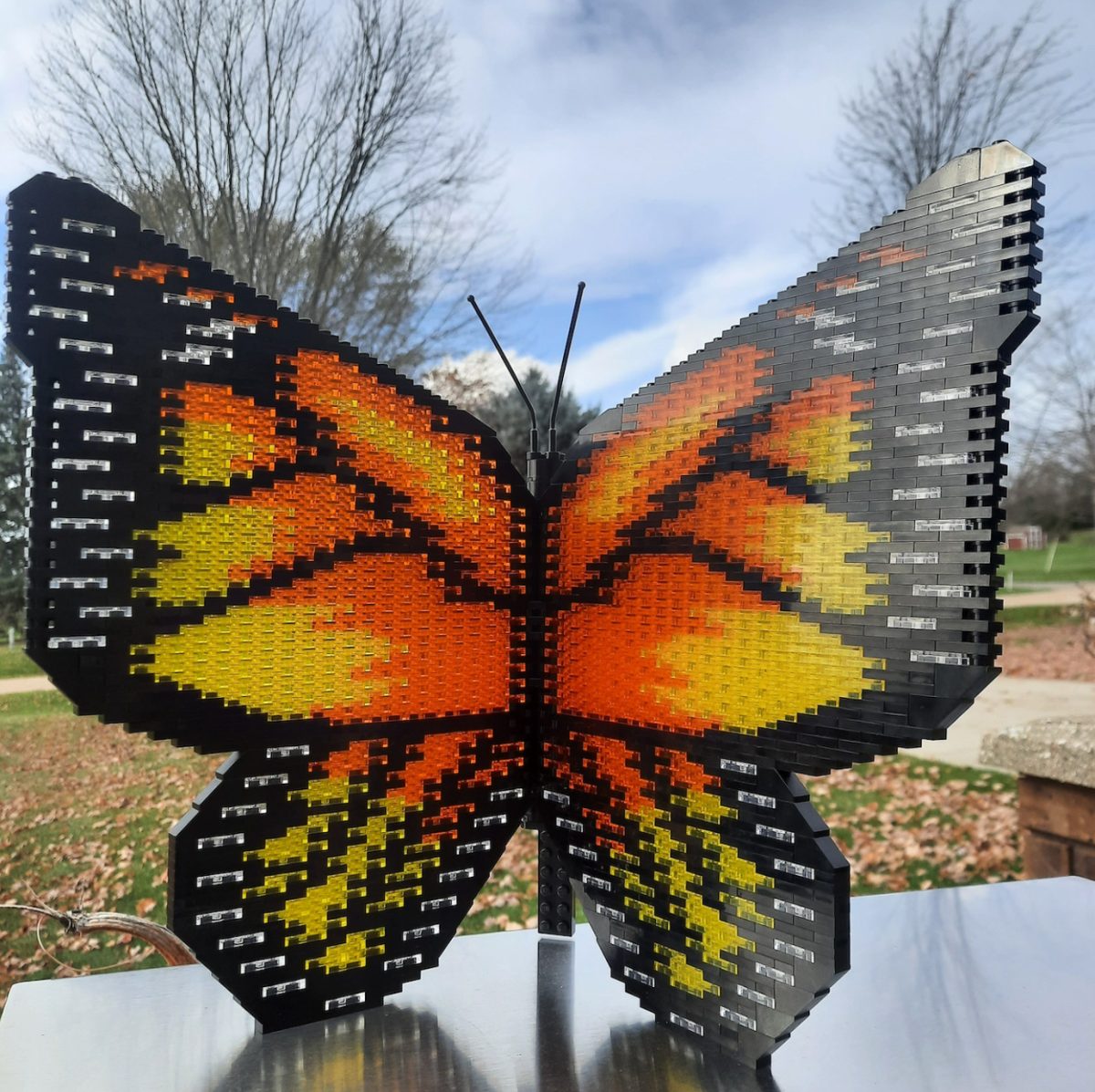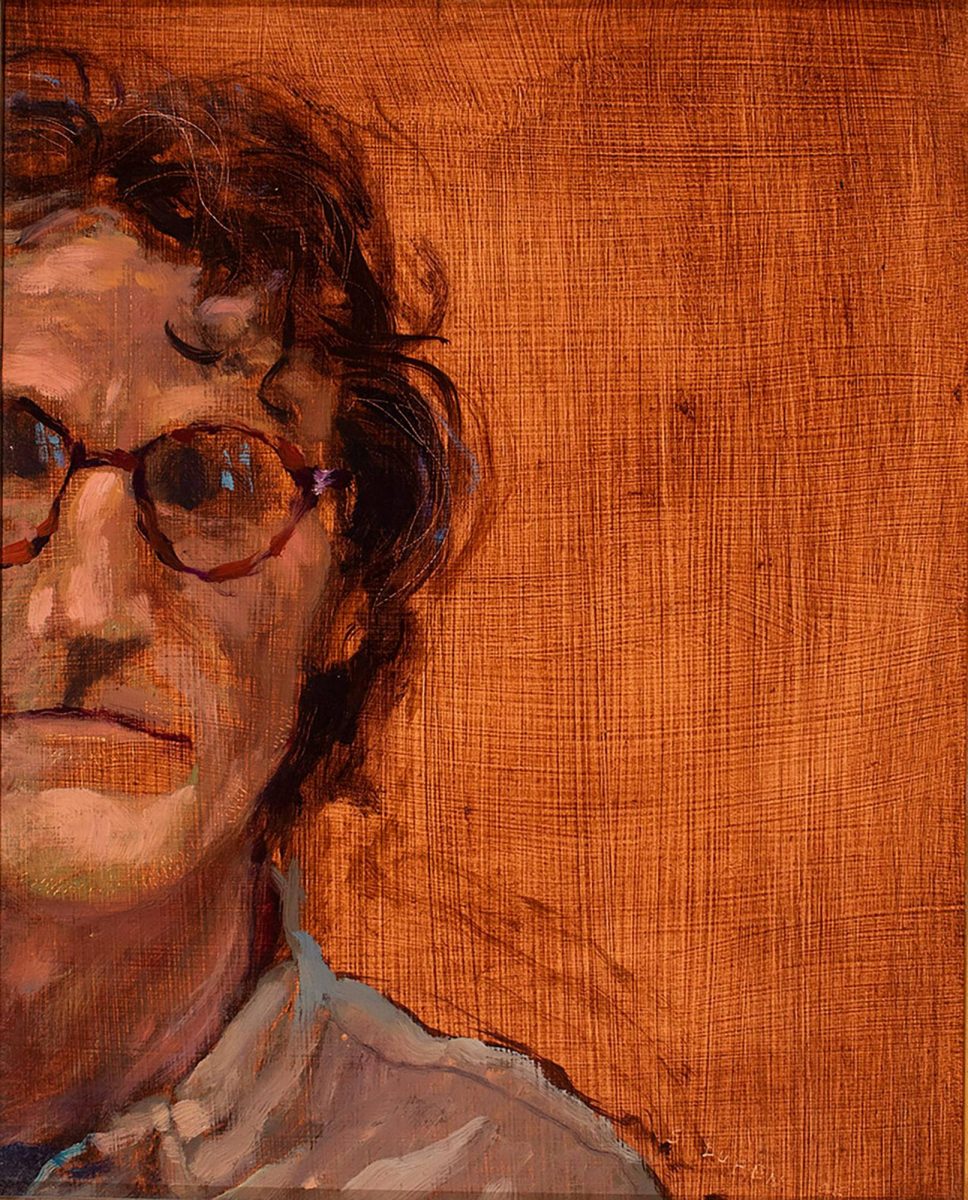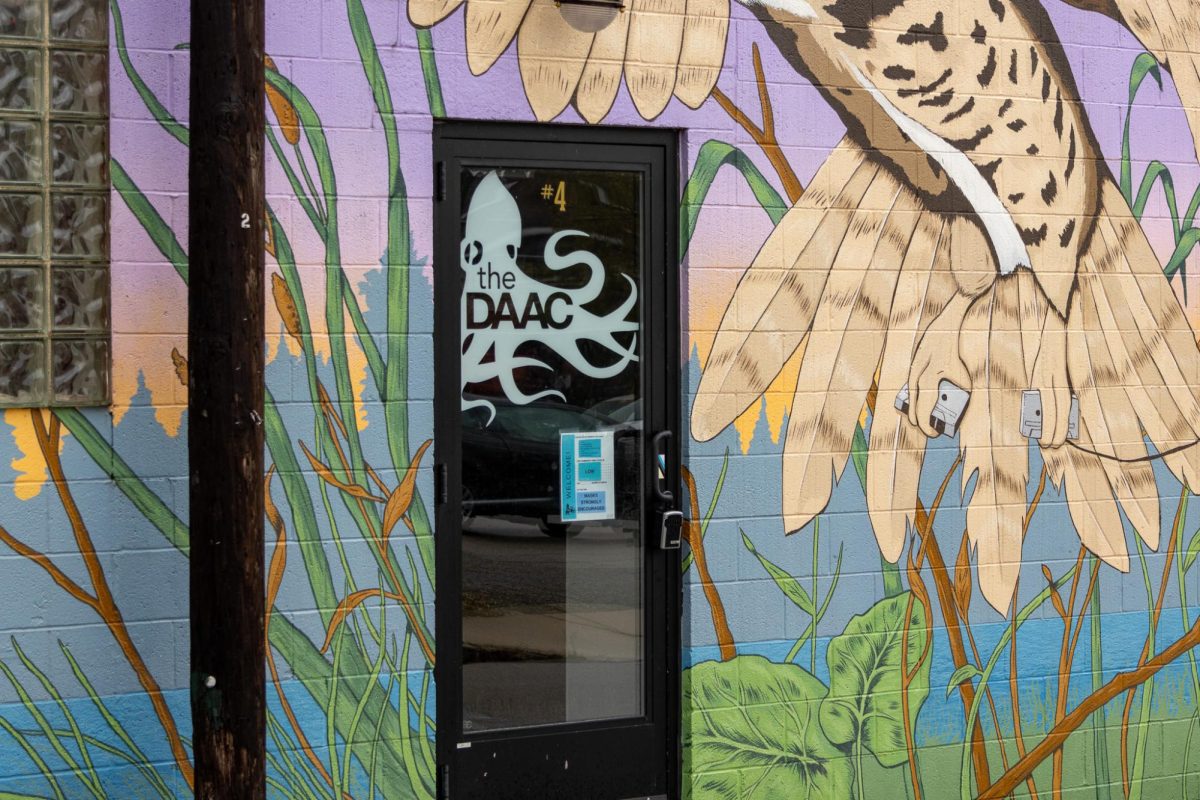The Grand Rapids Art Museum (GRAM) is currently displaying a gallery exhibition that showcases animal imagery in art. The exhibition, “Animal Allegories,” debuted on Sept. 19 and will remain on display until Dec. 17.
The exhibition incorporates watercolor paintings, pencil drawings and bronze sculptures featuring animals as the primary subject. The collection includes works from a variety of artists, such as Françoise Gilot and Pablo Picasso.
The animals depicted in the exhibition are representative of symbols and themes important to each artist. According to the exhibit’s webpage, the “personified animals often take on an intangible quality or idea that artists engage with and manipulate for their own ends.”
Jennifer Wcisel, the GRAM’s associate curator, said the exhibition is composed entirely of works from the museum’s permanent collection. Wcisel said one of the goals throughout GRAM’s history has been to display nature-based and environmental pieces and to “tell new stories” with the art GRAM has.
“The purpose of this particular installation was to be fun, engaging and an easy introduction to the art museum space, which can be intimidating for folks that might be inexperienced in art history,” Wcisel said.
One factor that Wcisel had to consider for “Animal Allegories” and other exhibits is how the displays can show diversity. Since many of the pieces in the collection are more than 100 years old, Wcisel said a lot of the art comes from male artists. However, Wcisel said that it was a priority to include art and perspectives from women and minority artists in the exhibition.
One of the prominent works on display in the exhibit is “Elephant Whirlpool” by artist Adonna Khare. The piece is an expansion of her 2012 ArtPrize Public Vote Grand Prize-winning drawing “Elephants,” which symbolized animals as specific people and experiences in Khare’s life. The expansion incorporates Khare’s experience and feelings after winning the grand prize in 2012.
Wcisel said this piece sparked the idea for “Animal Allegories.”
Accompanying the drawing is a message from Khare that reads, “My hope is that the drawing will evoke a dialogue, sense of wonder and connection with the viewer. A sort of lens to view the human condition with all its heartbreak, joy and wonder.”
Kirsten Strom, Ph.D., Professor and Co-Coordinator of Art History at Grand Valley State University, speaks frequently about viewer interpretation of animal art. The students in Strom’s ART 423 – “Animals in Art” course often discuss the ways in which animal images communicate and amplify a sense of ambiguity.
“A lot of imagery is available for people to make their own connections, but at the same time, I do feel like there’s real value in trying to understand how the work functions within the context of its creation,” Strom said. “I think that animal art has the capacity to be personable to the viewer and meaningful to the artist and cultural context.”
Strom also said some artists are drawn to specific animals because they connect with them on a human level. She said one example of this is the connection that artist Deborah Butterfield has with horses, which is represented in “Animal Allegories” with her sculpture “Black Jack.”
Butterfield told GRAM that “I first used the horse images as a metaphorical substitution for myself– it was a way of doing a self-portrait one step removed from the specificity of Deborah Butterfield.”
“Animal Allegories” highlights the visual and aesthetic qualities of a variety of art pieces and demonstrates the meaning behind the artwork for viewers.




